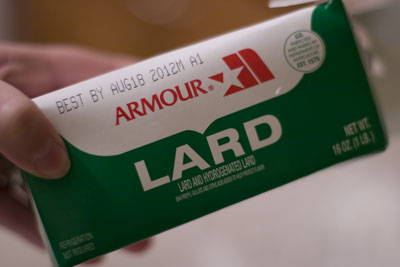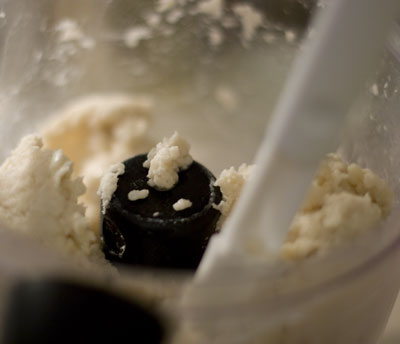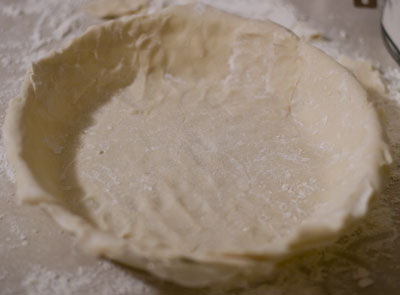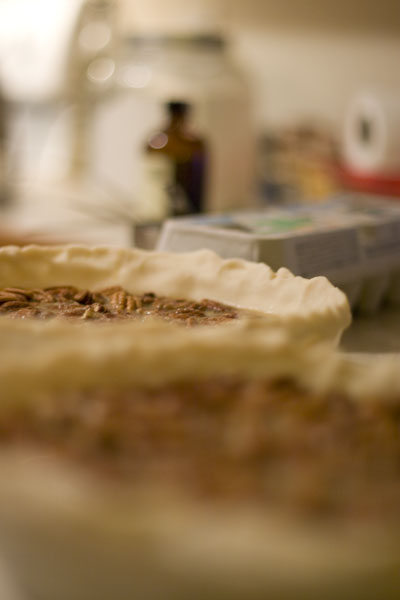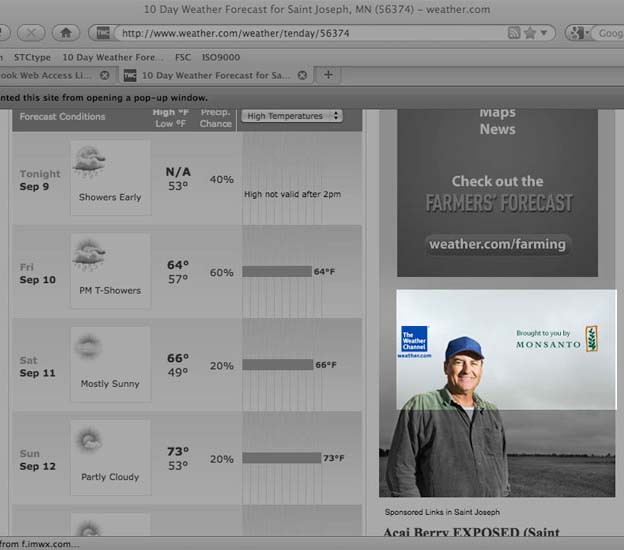In the 1930s there was this little ol’ thing called the new deal, which was product of the great depression, and a part of which was the agricultural adjustment act. This paid farmers to leave parts of their fields fallow so as to raise the price of crops. (Not coincidentally, this was also following the dust bowl, where farmers had so over-farmed their fields that, when combined with drought, practically eliminated topsoil.) This was pretty much the norm until the 1970s, when the secretary of agriculture Earl Butz came in with a whole new idea: “get big or get out.”
Now farmers were encouraged to plant from fencepost to fencepost and leave no part of their fields fallow. Not only that, Butz also encouraged big farms and consolidation. This “farm bill” has been pretty much held to the same standard for the past 40 years. The most recent bill was passed in 2008, and contains the following (via CRS report for congress, order cod rs22131):
1. Commodity programs
2. Conservation
3. Trade
4. Nutrition
5. Credit
6. Rural development
7. Research
8. Forestry
9. Energy
10. Horticulture and organic agriculture
11. Livestock
12. Crop insurance and disaster assistance programs
13. Commodity futures
14. Miscellaneous
15. Trade and tax provision
Some interesting things to pull out of here: the commodity programs eliminate benefits to farmers with less than 10 acres (bigger is better). There is a mandated 85% market share for US sugar producers (not corn related, but I thought it was very relevant). The farm bill is where the food stamp program is hidden in our country’s budget (under nutrition). (I find it very weird that the food stamp program is nestled in with a bill that, in theory, reduces that eligibility limit for food stamps…) ethanol production is promoted through the energy section of this, and I’m not sold on the viability of ethanol (but that’s another blog post).
As for the numbers, the farm bill for 2008-2012 is estimated at a total of $284 billion. 14% is for commodity crops, 67% goes to nutrition programs (food stamps), 9% for conservation and 8% to crop insurance. The remaining 2% goes to the rest of the provisions in the bill.
So how does a subsidy work? It guarantees a price floor on a crop and farmers are paid an extra 52¢ per bushel. For example only, say the price floor on corn is $3.71/bushel. Farmers will always get that price plus 52¢. If the price falls below $3.71, farmers get paid the difference. So, corn is selling for $3.65; the farmer gets 58¢ a bushel.
Now where it gets sticky is when prices go below the price floor. The loan deficiency payment is the difference that is paid when prices are lower, and it’s getting to the point where farmers are wishing for lower prices to cash in on government (see: OUR) cash. According to a “Washington post” article (Dan Morgan, July 3, 2006), a farmer named Richardson walked into the local USDA office and proved he owned and harvested a crop. He applied for the deficiency payment based on this only. Since Richardson was able to store his grain, he got his cake and ate it too. He got the LDP, and waited for prices to go up, then cashed in on the high corn prices.
Nice, huh?
So you can see why I am kinda down on corn at the moment.
It’s not just corn, but corn is the biggie. Here is how the subsidies are broken down:
Corn: 35%
Cotton: 18%
Wheat: 14%
Rice: 14%
Soybeans: 8%
Dairy: 4%
Peanuts: 3%
Sugar: 1%
Tobacco: .2%
Wool: .1%
And some other crops that are unsubstantial. For comparison’s sake, there are 400,000 corn farms in the US. There are 350,000 soybean farms. Soybeans and corn take up the same amount of acreage in the US. Corn produced 10 billion bushels and soybeans almost 3 billion. The US produced 32 million tons of sugar beet sugar and 28 million tons of sugarcane sugar. I couldn’t find the number of farmers, but a bushel weighs 56 lbs., so let’s figure there were 280 million tons of corn produced and 60 million tons of sugar. Divided out, that’s $10.14/ton of corn and $1/ton of sugar. (Why is this relevant? because that’s why corn is so CHEAP and sugar is so EXPENSIVE to you as a consumer.) I couldn’t find the number of sugar farmers in the US; otherwise I would have figured this out per farmer.
So where does your corn go?
42.5% goes to feed livestock for your protein needs. 32% goes to ethanol (again, another whole post). 15.7% is exported, 6.2% goes to other, and a whole whopping 3.5% goes to high fructose corn syrup.
And right now you’re wondering, Kate! Why on earth are boycotting HFCS? This seems really ridiculous to make a huge deal out of HFCS when you should really stop eating beef and driving.
Oh, but these are just part of the problem, and will definitely get their own posts. Not to mention the list of issues with crop subsidies: discouraging fallow fields and crop rotation; world prices and developing countries’ place in agriculture; small farms getting bought out and consolidated into large, corporate farms; monopolies in seed development and post-production. Add in cattle feedlots, other animal production, and most of all ethanol, and there will be PLENTY to stew about by the time may is done and over with.
But yeah, why the fascination with HFCS? I think it’s because I, as a lone consumer (although Nate has kind of jumped on board), feel like I am doing SOMETHING when I put that bottle of HFCS-laden product back on the shelf. I buy more organic stuff, more stuff from the farmers’ market, and overall, stuff that’s probably better for me. If I can do it, it proves that any old schmo can do it. And if enough any old schmos do it, maybe the market will get a clue and change their habits.

